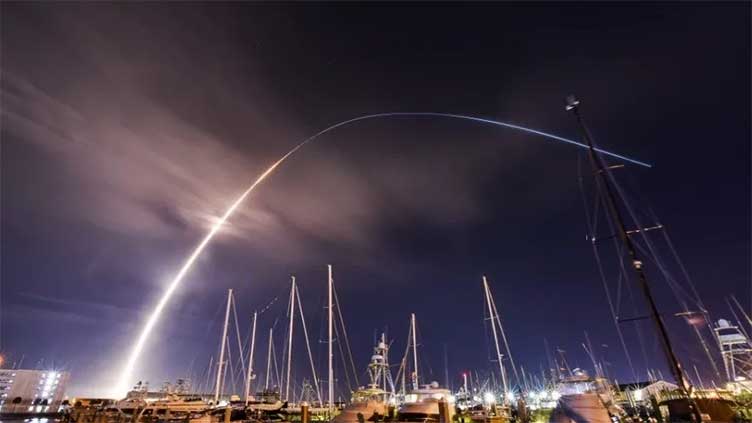Fuel leak dampens US's first moon landing attempt in over half a century

Technology
This has cast a shadow over the planned February 23 moon landing
(Web Desk) - In an unprecedented event, the United States’ first attempt to land on the moon in over half a century suffered a significant setback when a critical fuel leak occurred in Astrobotic Technology’s spacecraft, Peregrine, shortly after its launch on Monday.
This has cast a shadow over the planned February 23 moon landing, a mission that would mark a milestone not only for the nation but for private space exploration as well.
Pittsburgh-based Astrobotic Technology, in its ambitious endeavor to pioneer private lunar exploration, has been met with a formidable hurdle.
Their uncrewed lander, Peregrine, developed a critical fuel leak approximately seven hours into the mission.
Despite the setback, the team managed to orient the lander towards the sun to charge its batteries while evaluating the failure of the propulsion system.
This mission, if successful, would have marked the first U.S. soft landing since the Apollo missions and the first by a private company, setting a precedent for future private spaceflights.
The mission is part of NASA’s grand Artemis program, envisioning future human missions to the moon. The Artemis program involves multiple countries and private companies like SpaceX, aiming for astronaut missions to the moon later this decade.
The incident with Peregrine has implications not only for Astrobotic Technology, which has a $108 million contract with NASA but also for the broader goals of the Artemis program.
The launch was also significant for the United Launch Alliance (ULA), marking the first flight of the Vulcan rocket.
This new rocket aims to compete with SpaceX’s Falcon 9 in the satellite launch market. While the first flight of the Vulcan was marred by Peregrine’s fuel leak, the incident offers an opportunity for both ULA and Astrobotic to learn and innovate for future missions.


